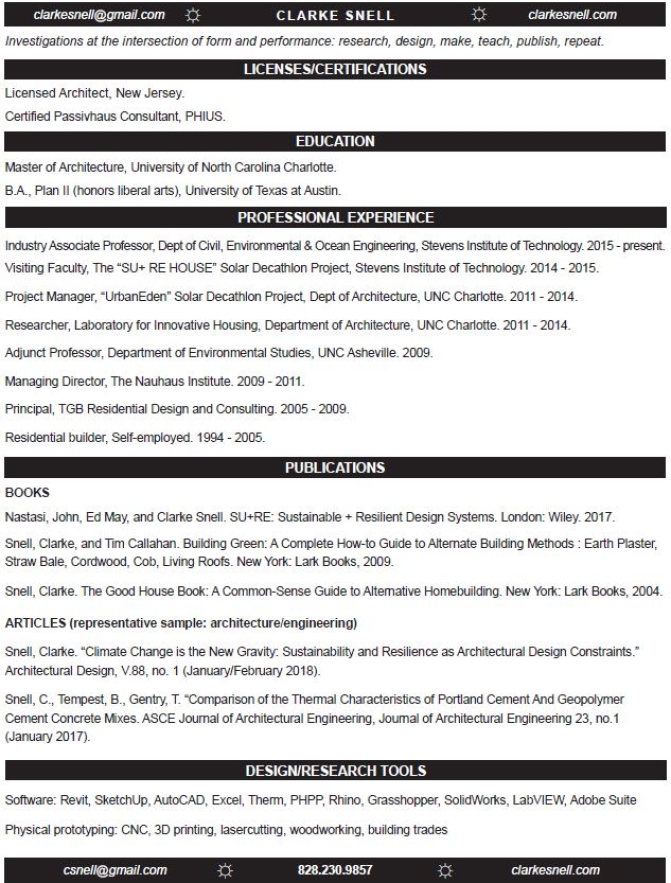I grew up in the intense heat of Central Texas where everything living is in a constant search for shade. Whether a cow under a tree or a dog under a porch, the rationale was consistent and obvious. This logic was carried through by us humans in the older neighborhoods where houses with large front and screened back sleeping porches were nestled under the spreading canopies of oak trees clearly older than the houses themselves. This changed. Maybe it was the arrival of air conditioning and the money to be made by replacing trees with more houses. Whatever the reason, newer neighborhoods were treeless and porchless and HOT. The contrast was stark and unequivocal. The newer neighborhoods (tellingly relabeled “developments”) locked in a dependence on fuel driven, breakable mechanical systems and set a hefty baseline energy usage. They also defined two completely distinct environments, with the inside becoming a sort of prison of comfort discouraging inhabitants from venturing outside as part of their daily home life. The older neighborhoods, on the other hand, used passive strategies (trees, overhangs) to adjust the microclimate around the buildings toward the human comfort zone, lowering cooling loads and therefore baseline energy demand while creating a “third environment” around the house that encouraged a lifestyle that included being outside.. I didn’t realize it then, but this was my first lesson in passive design and it set the tone for my future work in sustainable design. Though I see mitigating climate change as a central macro-rationale for my work, I believe that the sensible path to efficiency leads to a better, healthier lifestyle. Over the years I’ve gotten deeper into science of building envelopes and increased the scale and scope of the projects and materials that interest me, however the throughline in my research has remained constant and can be described by the motto: passive first, then active.
I conduct research into materials, assemblies, and systems in the context of building envelopes. I am particularly interested in high performance assemblies and how to configure them so that they interact with site conditions to minimize heating and cooling loading while maximizing durability. My associated research life has comprised essentially three phases: (1) site harvested and waste materials modeled on traditional hygroscopic systems; (2) mass produced materials and assemblies that increase functionality within the existing construction industry while maintaining certain benefits of traditional systems; and (3) concrete technologies, specifically with the goal of improving concrete’s carbon footprint and maximizing its thermal performance potential in building envelopes.
I generally try to connect all research I do to a design project and connected publication. Sometimes this cycle has been very personal. For example when I lived in a two room mountain log cabin for three years and took a self-directed course in homesteading. Most often it has been tied to residential design and publication projects. As my interests have moved toward the larger scale and industrial, I have moved into a traditional academic lab research and journal/conference publication paradigm.
